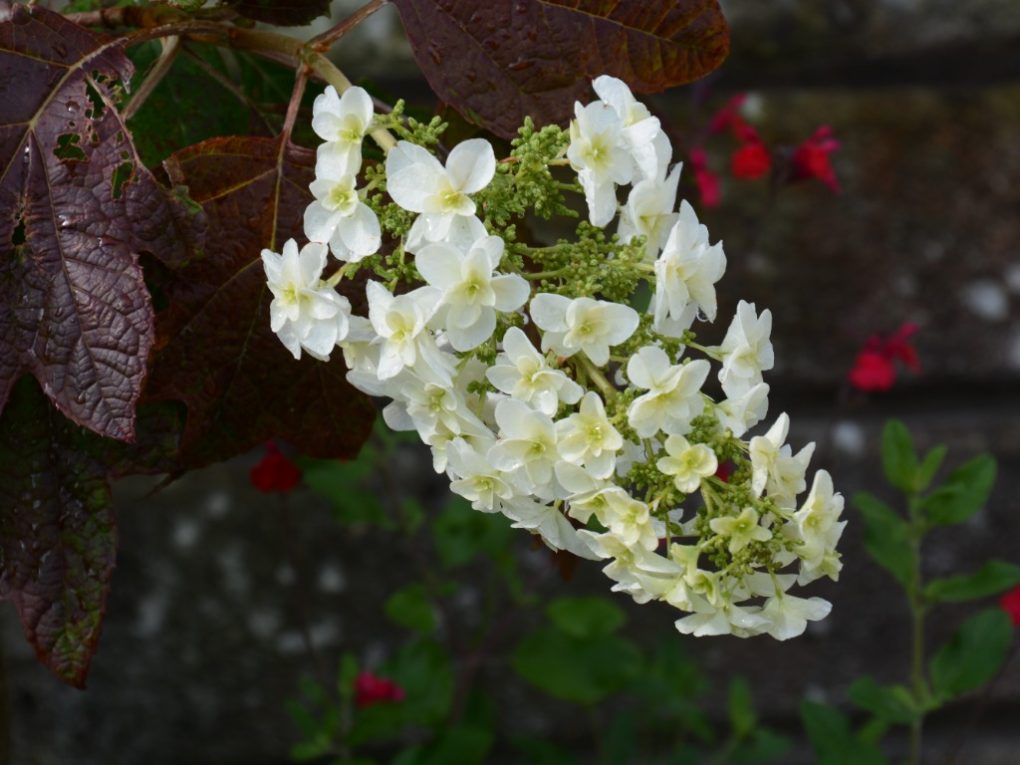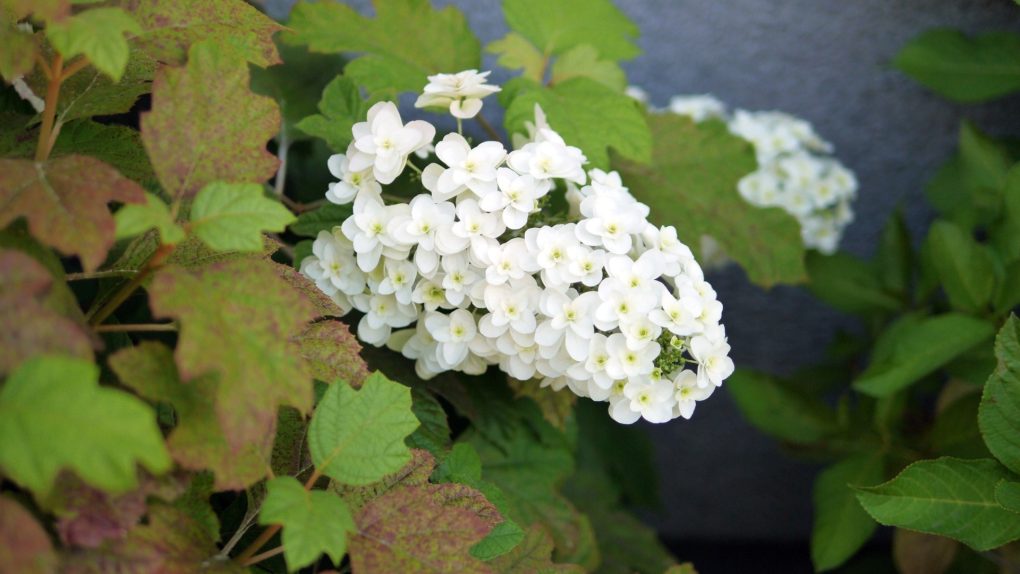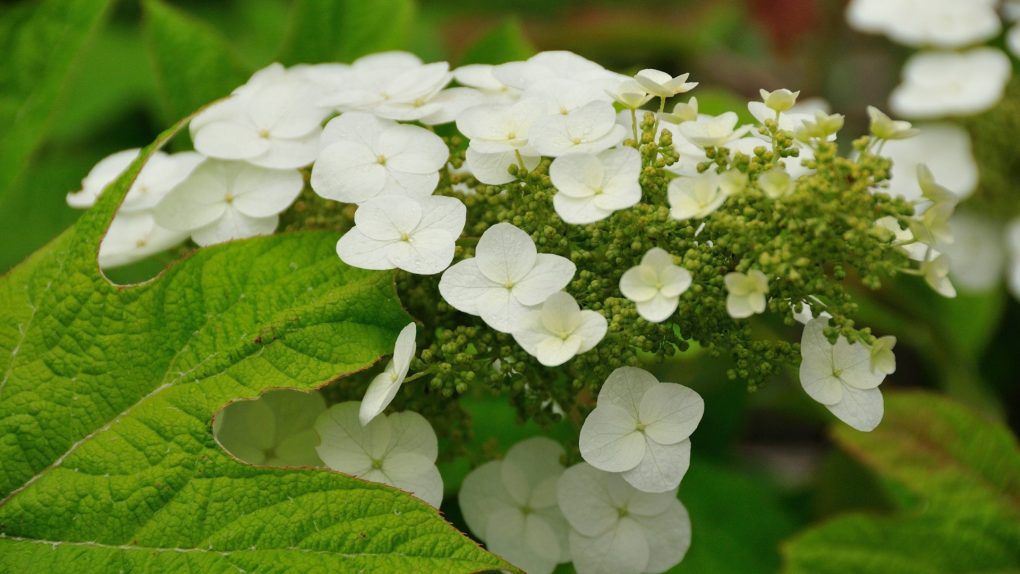Do Oakleaf Hydrangeas Lose Leaves in Winter? Explained.
Oakleaf hydrangeas are popular for gardeners due to their stunning foliage and beautiful blooms. However, many people wonder if oakleaf hydrangeas lose leaves in winter. The answer is yes, but it’s important to understand why and how to care for these plants during the colder months.

Like many deciduous plants, oakleaf hydrangeas lose their leaves in the fall as they prepare for winter dormancy. This natural process allows the plant to conserve energy and protect itself from the harsh winter weather. While it may look like the plant is dead, it’s just taking a break and coming back to life in the spring.
While oakleaf hydrangeas lose their leaves in the winter, it’s important to take care of them to ensure they come back healthy and strong in the spring. This includes providing adequate water and protection from harsh winter winds. With the right care, your oakleaf hydrangea will thrive for years.
Table of Contents
Oakleaf Hydrangeas and Winter
During winter, many deciduous shrubs lose their leaves; it is not uncommon to wonder if oakleaf hydrangeas are among them. This section will explore whether these shrubs lose their leaves in winter and the factors that affect leaf retention.
Leaves and Winter Dormancy
Like many deciduous shrubs, oakleaf hydrangeas go through a period of dormancy during winter. During this time, the shrub slows down its metabolic processes and conserves energy. One of the ways it does this is by shedding its leaves.
Factors Affecting Leaf Retention
While oakleaf hydrangeas lose their leaves in winter, the extent of leaf drop can vary depending on several factors. One of the most significant factors is the region where the shrub is grown. In warmer regions, oakleaf hydrangeas may retain more leaves than those grown in colder regions.
Another factor that can affect leaf retention is the age of the shrub. For example, younger plants may lose more leaves than mature plants, as they have less energy to sustain them through winter.
The amount of sunlight the plant receives can also affect leaf retention. For example, oakleaf hydrangeas grown in full sun may lose more leaves than those grown in partial shade.
Leaf Drop and Stress
While some leaf drop is natural during winter dormancy, excessive leaf drop can signify stress. Various factors, including drought, extreme temperatures, and disease can cause stress. For example, if your oakleaf hydrangea is losing an unusual amount of leaves, it may be a sign that it is not receiving the proper care or is under stress.
One way to help your oakleaf hydrangea retain its leaves is to provide it with adequate water during periods of drought. Additionally, you can protect the plant from extreme temperatures by providing it with a layer of mulch around its base.

While oakleaf hydrangeas lose their leaves in winter, the amount of leaf drop can vary depending on several factors. By providing your plant with proper care and attention, you can help it retain more leaves and thrive through winter dormancy.
Caring for Oakleaf Hydrangeas in Winter
Preparing for Winter
Before winter arrives, preparing your oakleaf hydrangeas for colder temperatures is important. One of the most important things to do is ensure they are well-watered. This will help the plant store up enough moisture to survive the winter. You should also fertilize your oakleaf hydrangeas in the fall, which will help them stay healthy during winter.
In addition to watering and fertilizing, you can also protect your oakleaf hydrangeas from the elements. One way to do this is to cover them with burlap or protective cloth. This will help keep the plant warm and prevent it from drying out in the cold, dry winter air. You can also add a layer of mulch around the base of the plant to help insulate the roots.
Winter Care Tips
Once winter arrives, there are a few things you can do to help your oakleaf hydrangeas survive the colder temperatures. One of the most important things is to avoid pruning the plant during winter. This can damage the plant and make it more vulnerable to disease and pests.
You should also avoid letting the plant dry out during the winter. This can be challenging, as the cold, dry air can quickly deplete the plant’s moisture reserves. To prevent this, you can water the plant sparingly throughout the winter, being careful not to overwater it.
If you notice any signs of stress or damage on your oakleaf hydrangeas during winter, it is important to take action immediately. This may involve removing damaged branches or treating the plant with a fungicide or insecticide. However, taking care of your oakleaf hydrangeas during winter can help ensure they will be healthy and beautiful when spring arrives.

Conclusion
Oakleaf hydrangeas are deciduous shrubs that lose their leaves in winter. However, unlike other hydrangea varieties, they do not lose all their leaves vigorously in winter. The lobed leaves of oakleaf hydrangeas can grow up to 12 inches long and turn brilliant shades of red and orange as autumn turns into winter, making them a lovely and interesting addition to any garden during the winter months.
While oakleaf hydrangeas are hardy and can tolerate different growing conditions, they still require proper care and attention during winter. Protecting the plants during cold spells and planting them in a sheltered spot can reduce the risk of cold damage. Keeping the surrounding soil well-watered and nutrient-rich can also help the plant stay healthy during the winter.
